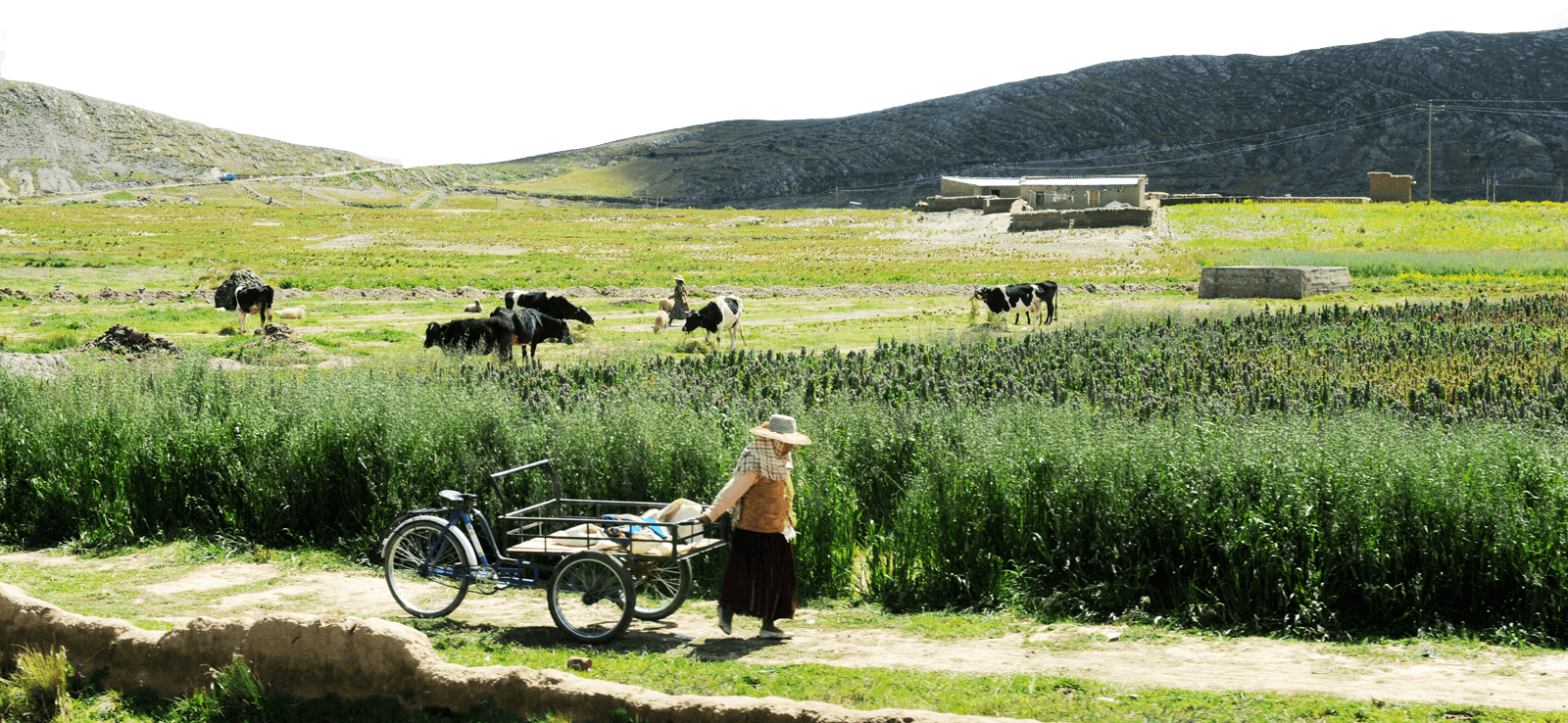Help or Hindrance? United States Economic Aid in Central America
By Kevin Danaher, Phillip Berryman and Medea Benjamin, September 1987, Development Report No. 1
Summary
Central America is torn by a profound economic and political crisis. During the 1980s, U.S. aid to the region has skyrocketed, yet the crisis persists. This report addresses three central questions. 1) Does U.S. aid to Central America benefit the majority ofCentral Americans? 2) Does our foreign aid to Central America serve the interests of the majority of U.S. citizens? 3) How might U.S. aid play a more positive role in the region? Our years of research in Central America have led us to the following conclusions:
- Massive amounts of U.S. economic and military aid during the 1980s have coincided with a rapid deterioration of Central American economies and a widespread decline in living standards. Annual U.S. foreign assistance to the four countries surrounding Nicaragua (El Salvador, Honduras, Guatemala, and Costa Rica) increased nearly sixfold, from $150 million in 1980 to $895 million in 1986. From 1980 to 1987, U.S. bilateral aid to these four countries totaled more than $5.2 billion. Yet during that period, regional conflict escalated, intraregional trade plummeted, real wages and salaries declined to levels of ten years earlier, unemployment and underemployment jumped to levels not seen since the Great Depression, and per capita economic output declined to 1970 levels.
- U.S. foreign aid has not addressed the key obstacle to economic development in Central America: the extreme inequality keeping most people too poor to be customers in a market economy. U.S. aid has been based on a “trickle-down” thesis: by putting most of our assistance into the hands of generals, politicians and business leaders it will be invested in ways that will create broad social benefits. The truth is that little of our aid trickles down to the poor—the majority in Central America. Unless people have money to spend, market forces cannot operate effectively. While touting market principles, U.S. aid policies have done little to address the major constraint on market development: the widespread poverty that limits demand.
- The largest portion of nonmilitary aid, Economic Support Funds (ESF), is really security assistance which is often used to support military programs. Aid to Central America in the form of ESF has burgeoned from $9.1 million in 1980 to $407 million in 1986-an increase of more than 4,300 percent. ESF grew from 6.5 percent of all nonmilitary aid in 1980 to 57.8 percent in 1986. Under the human rights clauses (Section 502-8) of the 1974 Foreign Assistance Act, Economic Support Funds are classified as part of the Security Assistance Program along with four other types of security assistance. Most ESF consists of direct cash transfers from the U.S. treasury to central banks of recipient governments. Although U.S. law prohibits this balance-of-payments support from being used for military purposes, it frees up other money to prosecute wars, make debt payments to foreign banks, and import equipment for police and military forces. The U.S. government has little oversight or control over this money and little of it reaches the poor. The Reagan administration’s habit of counting ESF as economic aid is a deceptive practice which leads many U.S. taxpayers to assume, incorrectly, that most of our aid to Central America goes for economic development.
- The emphasis on security assistance during the 1980s has reinforced the obstacles to a long term solution. The Reagan administration radically shifted the priorities of U.S. aid to Central America. Security assistance (military and ESF) jumped from just 13 percent of the total in 1980, to 68 percent of the total in 1986. By favoring security assistance over development assistance, U.S. foreign aid has strengthened those sectors—the military and the elite—that are resistant to precisely the changes needed to ensure broad-based development. By blocking developments such as free trade unions, effective land reform, and other mechanisms for empowering the majority, the elite recipients of U.S. aid guarantee a future of conflict.
- U.S. support for a military strategy in both Nicaragua and El Salvador has undermined economic development in the region. U.S. support for the contras’ efforts to topple the Nicaraguan government and for the Salvadoran government’s effort to achieve military victory over the insurgency, have resulted in escalating conflict. This conflict has destroyed human life and physical infrastructure, undermined regional trade, and exacerbated capital flight and declining investment.
- Most U.S. economic aid strengthens an agro-export orientation which increases Central America’s vulnerability to world market forces and exacerbates hunger in the region. The emphasis on agro-exports has helped destabilize the region by making it even more vulnerable to fluctuations in world commodity prices. The historical record shows that these export-dependent economic structures contribute to widespread hunger because they help concentrate wealth—particularly land and foreign exchange earnings—in the hands of a few. It is this concentration of control, not exports per se, that makes the agro-export model so destructive. AID’s current strategy of diversifying the mix of agro-exports into “nontraditional” crops may slightly improve a nation’s balance-of-payments situation but it will not significantly alter the vast inequalities between rich and poor.
- Most U.S. food aid to Central America is designed to support allied governments, not to feed the hungry. More than 84 percent of U.S. bilateral food aid to the region during the Reagan administration has been Title I of Public Law 480. In contrast to Title II—agricultural commodities given to private relief groups and governments for direct feeding programs—Title I consists of low,interest credit for the recipient government to buy U.S. agricultural commodities and then sell them on the open market, keeping the proceeds. Those in greatest need do not gain access to this food. The U.S. government exercises little control over how Title I funds are used. Title I gets rid of surplus agricultural commodities, but it neither solves the U.S. farm crisis nor feeds the hungry in Central America.
- While U.S. aid to Central America has supported a military buildup, the prerequisite for development in the region is a peace settlement. Most Central American governments are spending large amounts on the military. The U.S. emphasis on security assistance has encouraged this shift in priorities away from development and has slowed the progress of Latin peace efforts. The Reagan administration has subverted the Contadora peace process (and has not fully supported the 1987 peace initiative by Costa Rica) because these efforts threaten a fundamental goal of Reagan administration policy: the overthrow of the Nicaraguan government. A regional peace accord would be the most significant contribution to development in the region.
- By supporting a military and economic strategy in Central America that fails to address fundamental obstacles to development, U.S. aid policy does not serve the national interest of the United States. Current aid policy benefits a small minority of U.S. individuals and institutions: the military, agribusiness corporations, banks holding Central American debt. The majority of U.S. citizens would benefit more from a Central America at peace, experiencing the kind of broad-based economic development that would raise the incomes and living standards of the majority. This would mean less U.S. tax money spent on aid, greater ability of Central Americans to buy U.S. products, and fewer Central Americans illegally emigrating to the United States.


 Help Food First to continue growing an informed, transformative, and flourishing food movement.
Help Food First to continue growing an informed, transformative, and flourishing food movement.




